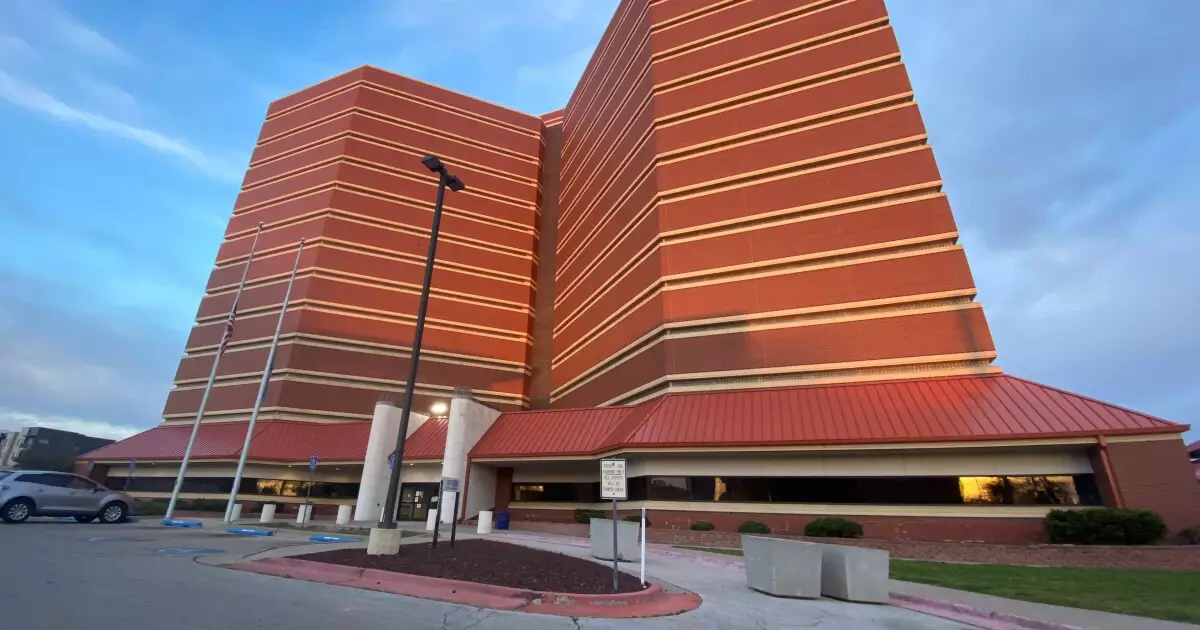Financial Strategies in Public Infrastructure: Oklahoma County’s Jail Replacement Initiative

Oklahoma County is facing a complex dilemma in upgrading its correctional facilities as it seeks to establish a more effective and humane system for managing its inmate population. With a burgeoning need for an expanded jail to meet the demands of a community of around 800,000 residents, the county is finding itself grappling with escalating costs and protracted timelines in securing an appropriate site for construction. The current facility, which has faced multiple inspections and critiques from health and safety agencies, is in dire need of replacement to ensure both the well-being of inmates and the efficiency of the judicial process.
In response to these multifaceted challenges, Oklahoma County is exploring public-private partnerships (P3), which offer an innovative financing model aimed at alleviating fiscal pressures. The county has solicited proposals from financial institutions such as Raymond James, Morgan Stanley, and Jefferies, with two distinct options aimed at securing funding. One option entails a comprehensive lease-purchase agreement amounting to $450 million, while the alternative focuses on a smaller sum of $41 million dedicated specifically to mechanical and electrical systems. Such arrangements could potentially streamline the financing process, allowing for greater fiscal flexibility without exponentially increasing taxpayer burdens.
Despite being initially backed by $260 million in voter-approved general obligation bonds from 2022, which laid the groundwork for the jail’s construction, recent estimates project that the total cost may reach a staggering $672 million. This revised figure highlights a troubling trend in public infrastructure projects, where initial estimates are often surpassed due to a myriad of factors including inflation and regulatory changes. The proposed new jail aims to house 2,400 inmates and will include features that facilitate mental health treatment—a crucial consideration in modern correctional facility design.
Complicating the project further are ongoing legal battles concerning the selection of a site for the new facility. A lawsuit initiated by the county commission against the city of Oklahoma City underscores the contentious relationship between local governance entities. The city’s denial of a special use permit for a proposed jail site has ignited a courtroom showdown, with the county asserting its superior authority in matters of public safety infrastructure. This legal struggle not only delays project timelines but also amplifies community concerns regarding governance and accountability.
Financial Implications and Future Outlook
The situation has elicited attention from credit rating agencies, such as Moody’s, which recently affirmed Oklahoma County’s strong Aa1 ratings despite the project’s challenges. This stability may provide some reassurance to prospective investors but underscores the necessity for careful and strategic financial planning moving forward. As the county navigates these hurdles, finding a balanced approach between efficient funding sources and community needs will be imperative in realizing a facility that genuinely improves the landscape of public safety in Oklahoma County.
Oklahoma County’s journey toward a new jail encapsulates the complexity of public infrastructure projects today, emphasizing the need for innovative financing, strategic planning, and cohesive governance to ensure the successful realization of such critical initiatives.





